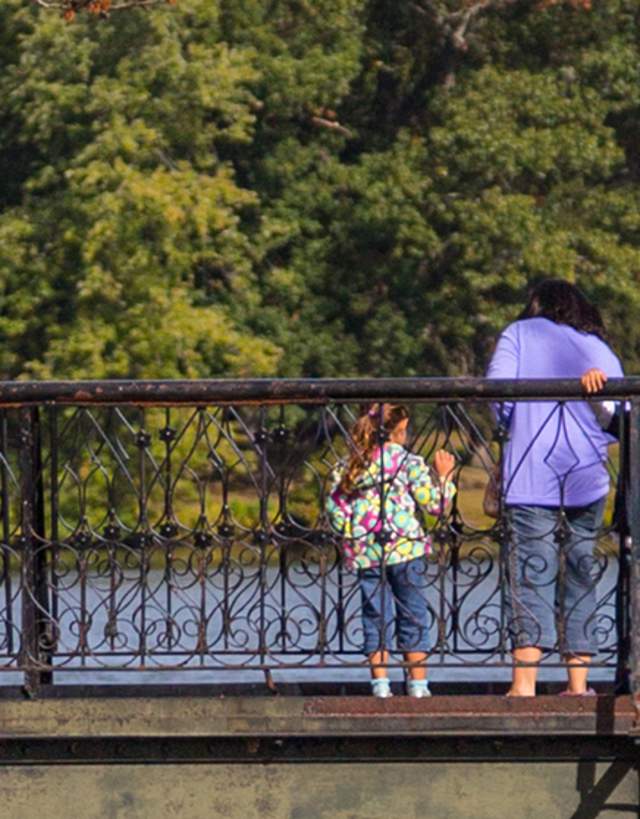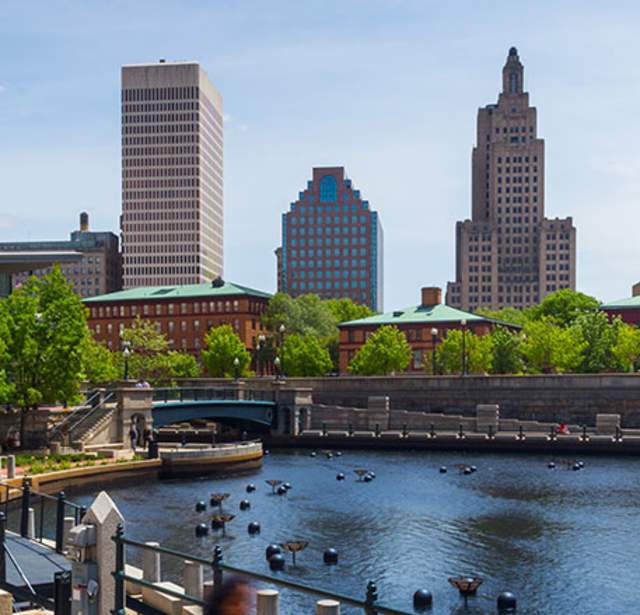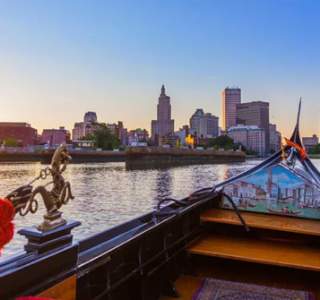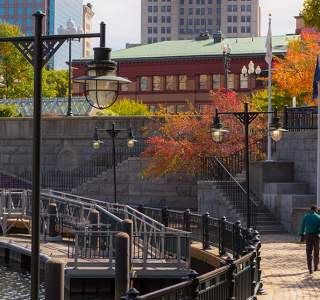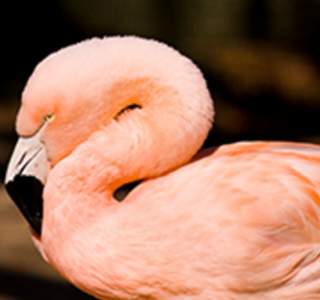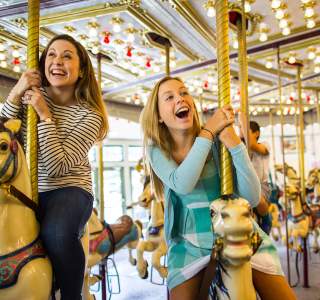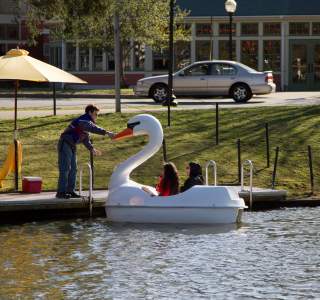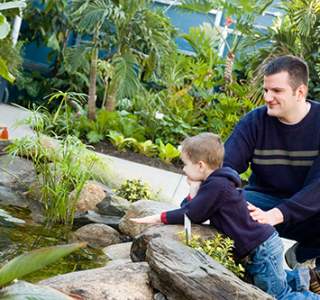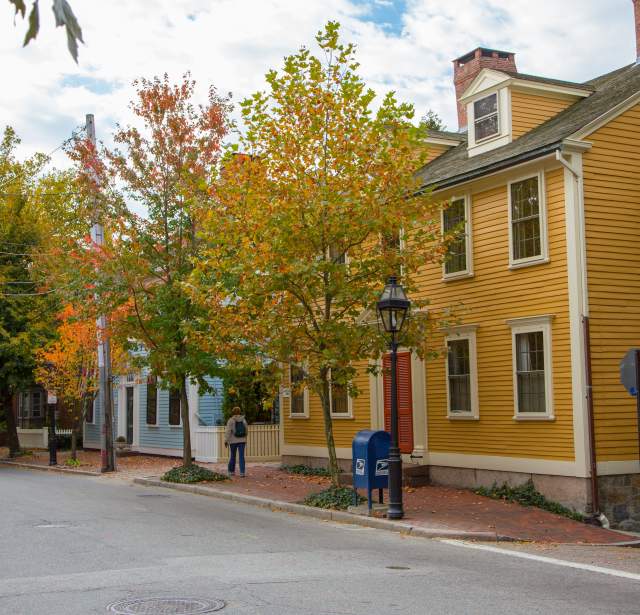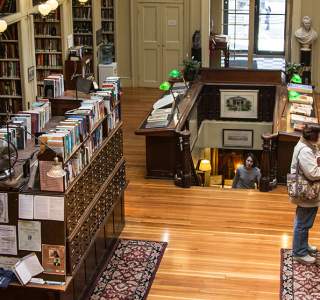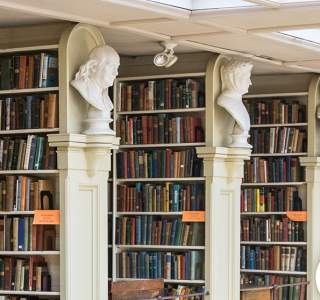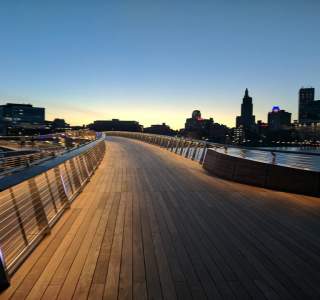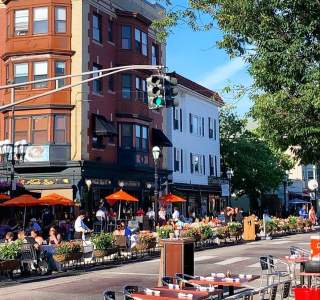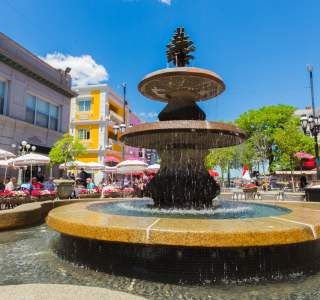Outdoor Activities In Providence, RI
Despite being an urban capital city, Providence boasts an impressive array of green space and recreational opportunities.
Nationally recognized for its outstanding design, Waterplace Park is the focal point of Providence's revitalized downtown. This four-acre urban park surrounding a tidal basin features an amphitheater, landscaped terraces and boat landings. A series of Venetian bridges connect downtown Providence to the city's historic East Side. From here, you can board a riverboat or glide in a gondola down Providence's redesigned rivers. Waterplace Park is also the site of special events such as concerts and the acclaimed WaterFire.
WaterFire Providence
Providence's signature event is WaterFire, an award-winning fire sculpture installation on the three rivers in downtown Providence. Created by local artist Barnaby Evans, WaterFire has become a must-see for visitors.
Providence Kayak
Discover Providence at your own pace as you paddle throughout the picturesque bridges, cobblestone walkways and green riverbanks of the Providence and Woonasquatucket Rivers, Riverwalk and Waterplace Park.
La Gondola
If you don't want to explore the rivers in Providence by kayak, you can sit back and relax on an authentic Venetian gondola instead. La Gondola has many river tours, which include music, food and even a bottle of champagne. Perfect for date night!
Downtown Historic Walking Tour
Providence became a bustling manufacturing town and by the late 19th century, the city was the transportation hub of southeastern New England due to the extensive railroad network. The 20th century was an era that started with optimism, followed by the harsh reality of the depression and, ultimately, a transition for downtown. This era also saw the creation of Providence's modern skyline with new Art Deco structures, now icons of the this prosperous time in Providence's history.
Running Routes in Providence
Whether you make running a part of your daily routine or just want to stretch your legs with a quick...
Best Hikes Near Providence, RI
Here are the best hikes near Providence and everything you need to know about hitting the trails.
Cited by the National Trust for Historic Preservation as one of America's premier urban parks, Roger Williams Park was designed by Horace Cleveland, noted American landscape architect. With more than 430 acres, the park is comprised of waterways, walks, outdoor gardens, a Carousel Village, the Museum of Natural History and Planetarium, the magnificent Temple to Music and Roger Williams Park Zoo.
The Carousel Village features a vintage carousel, pony rides, a themed miniature golf course and kiddie go-boats. The Tennis Center has Rhode Island's only clay courts available for public use. The Dalrymple Boathouse has paddle boats and mini-speed boats and the Botanical Center provides an enviable evergreen oasis.
Roger Williams Park Zoo
Stroll through this beautifully landscaped 40-acre zoo — one of the nation’s oldest. Dubbed “the finest zoo in New England” by The Boston Globe.
Carousel Village
A 1/4 mile away from the Zoo, Carousel Village offers fun and exciting activities for the whole family! Kids will enjoy the fully accessible Hasbro Boundless Playground, leaping through the bouncy house, or climbing aboard the Carousel Express. During the warmer months, grab lunch at Frenchy's Cafe and dinner during Food Truck Fridays.
Boating at Roger Williams Park
Cruise the Park’s waterways on an iconic swan boat, electric boat or kayak, all available for rent. If you're looking for something a little different, hop aboard the Pirate Boat for a 15-minute guided cruise.
Botanical Center at Roger Williams Park
At the Botanical Center, visitors can relax by a waterfall, enjoy the fragrance of flowers from around the world, take a child on a scavenger hunt or bring a camera or sketch pad. Admission is: Adults: $5; Children 6–12: $2; Children under 6: Free; and Military & Seniors: $2.
Providence's East Side neighborhood is steeped in history, from the sprawling Brown University campus to the Colonial-era homes along Benefit Street. Be sure to save some time for a visit to Prospect Terrace, a tiny jewel of a park featuring an iconic statute of Rhode Island founder Roger Williams overlooking the city.
Prospect Terrace
Grab Insta-worthy photos from the most stunning view with a visit to Prospect Terrace Park. Located on Congdon Street, this park overlooks the city and is adorned with a statue of theologian and state founder Roger Williams.
College Hill & Benefit Street
The College Hill neighborhood is home to many historic and cultural sites and residences, as well as world-class educational institutions, such as the Rhode Island School of Design (RISD) and Brown University. Filled with art and history, this iconic area has many treasures to visit.
East Side Historic Walking Tour
Providence is and always was a place for the fiercely independent. The visionary leader Roger Williams established the city in 1636 as a haven for freedom of conscience, where all people could practice their own religious beliefs, a place where they were not merely tolerated, but enjoyed the right of true equality. Freedom of thought reigned, which opened the way for freedom of action.
Pedestrian Bridge
The Providence Pedestrian Bridge is an amazing new landmark for the city of Providence. The bridge connects Providence's East Side, full of shops and dining options, to the Innovation District, with its bustling businesses and facilities like the new Wexford Innovation Center.
Providence’s historic Federal Hill neighborhood spans iconic Atwells Avenue and the surrounding streets. Largely settled by Italian-American immigrants in the early 1900s, Federal Hill effuses a sense of warmth and community that embraces visitors and locals alike. While the neighborhood has evolved, the influence of the Italian people and culture is ever-present.
West Side Historic Walking Tour
Beyond Interstate 95 lies Providence’s West Side. A bridge arching over the interstate takes you into the city of immigrants and strivers, of industrialists in Broadway mansions and mill workers in cramped triple-deckers. The Colonial town, built on shipping and the slave trade, huddled along the Providence River. By the early 19th century, textile mills had changed the economy, the result of Eli Whitney’s cotton gin and Samuel Slater’s industrial espionage. The new manufacturing city spread across the low-lying flats of the Weybosset side and climbed the hills south of the Woonasquatucket River.
